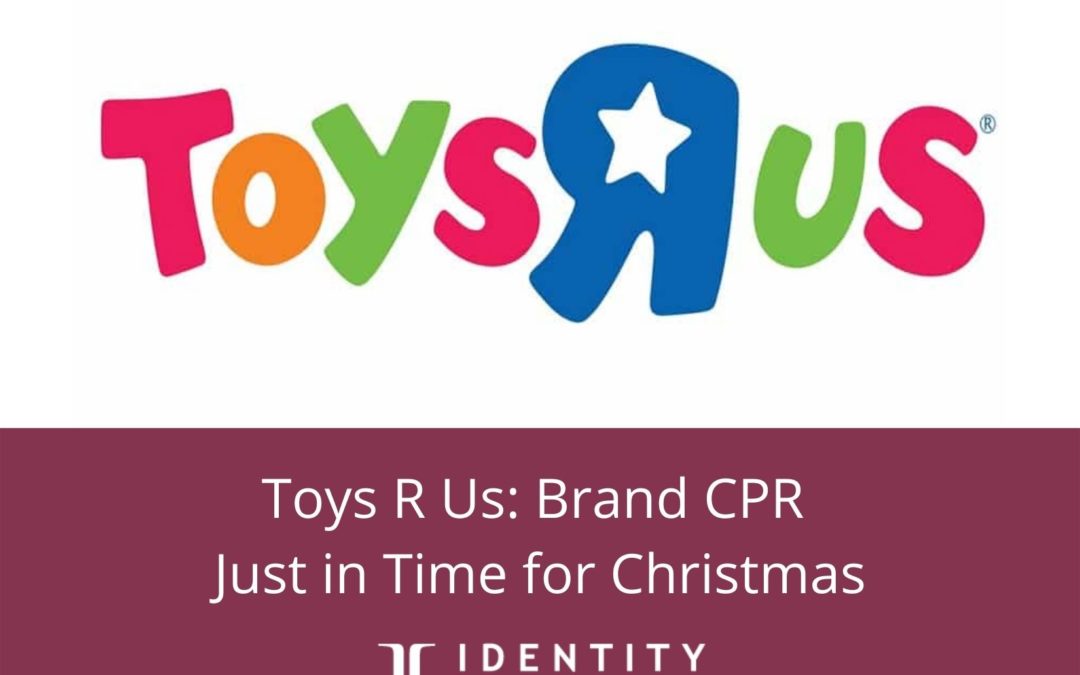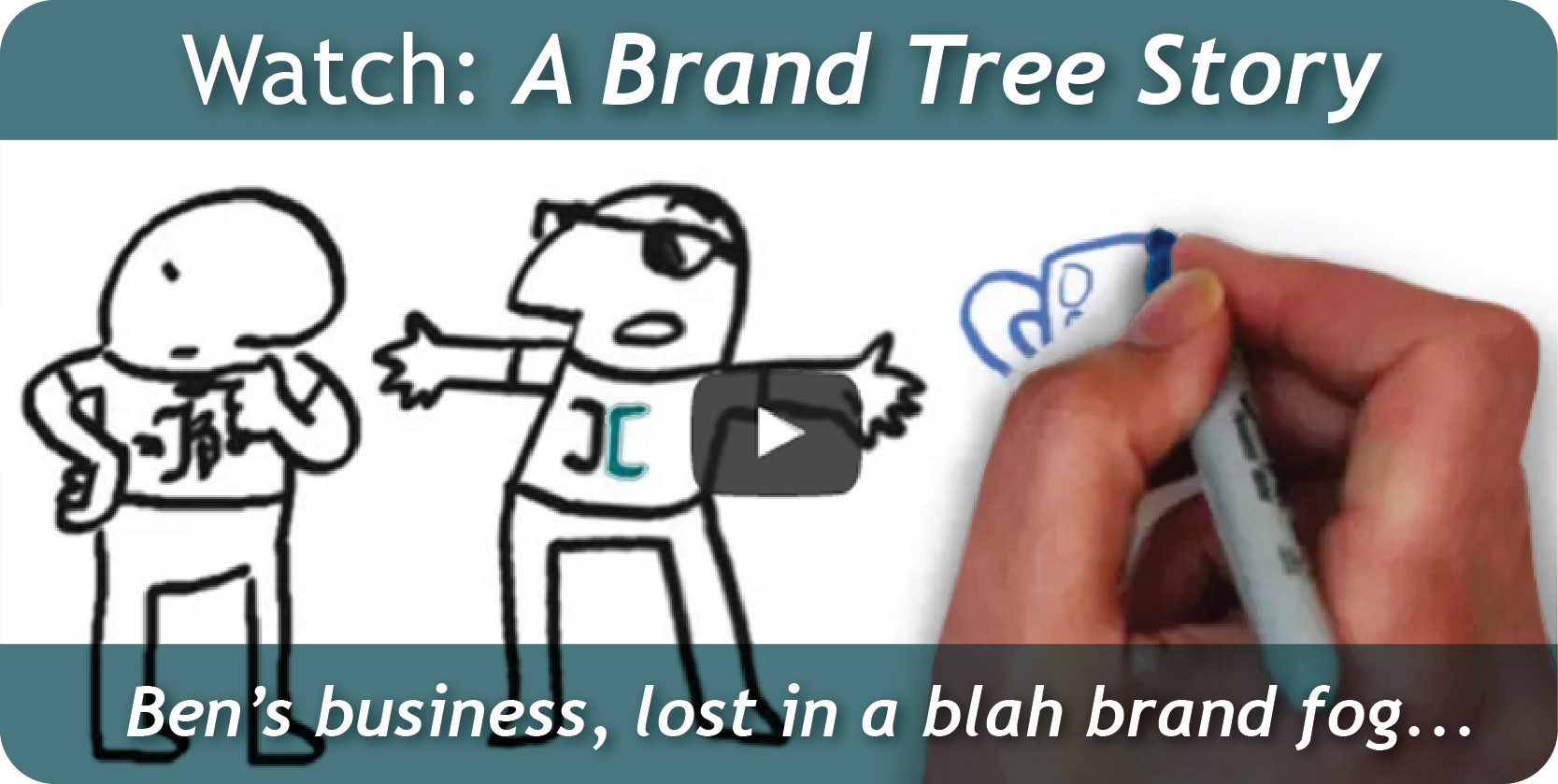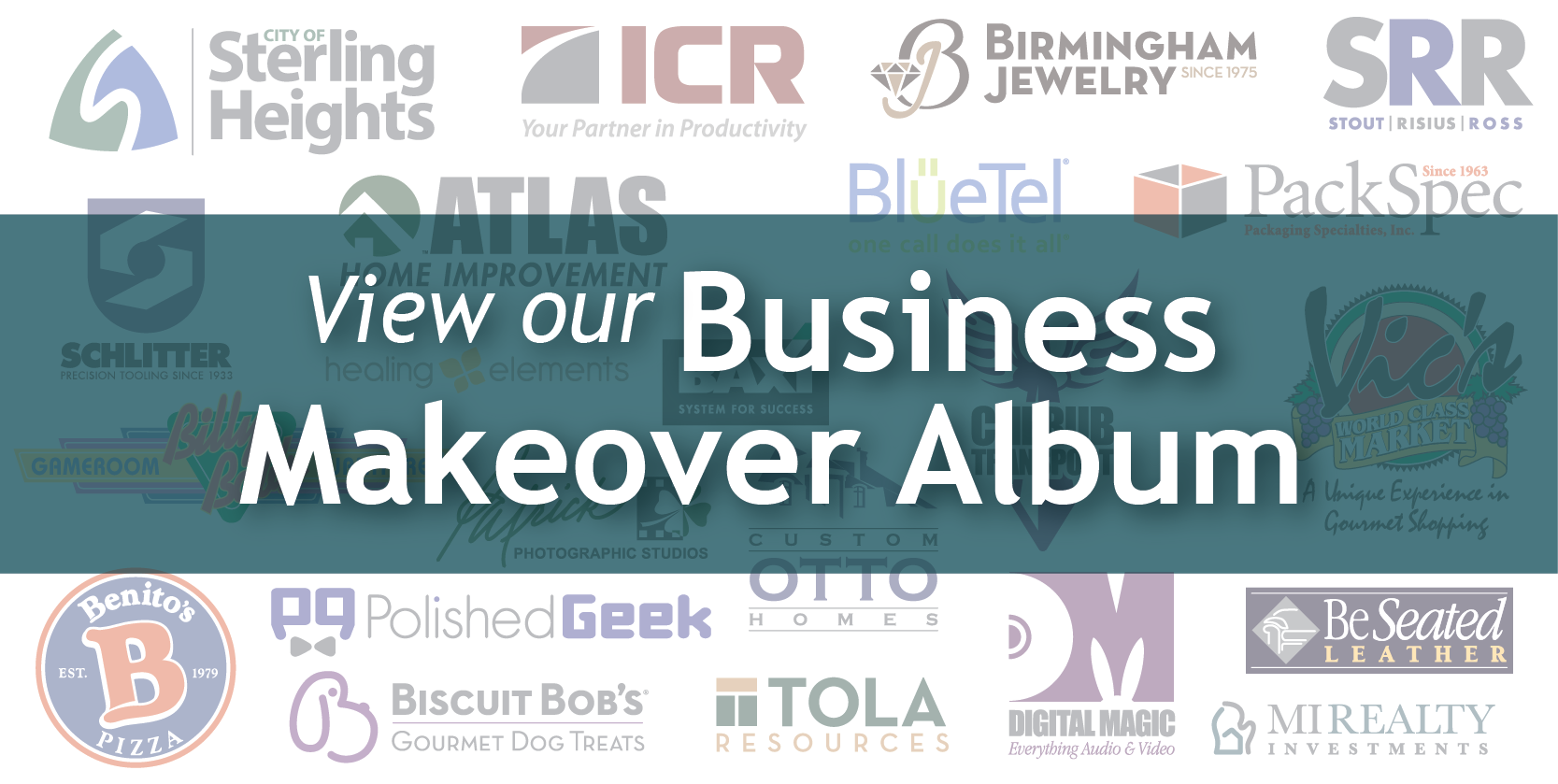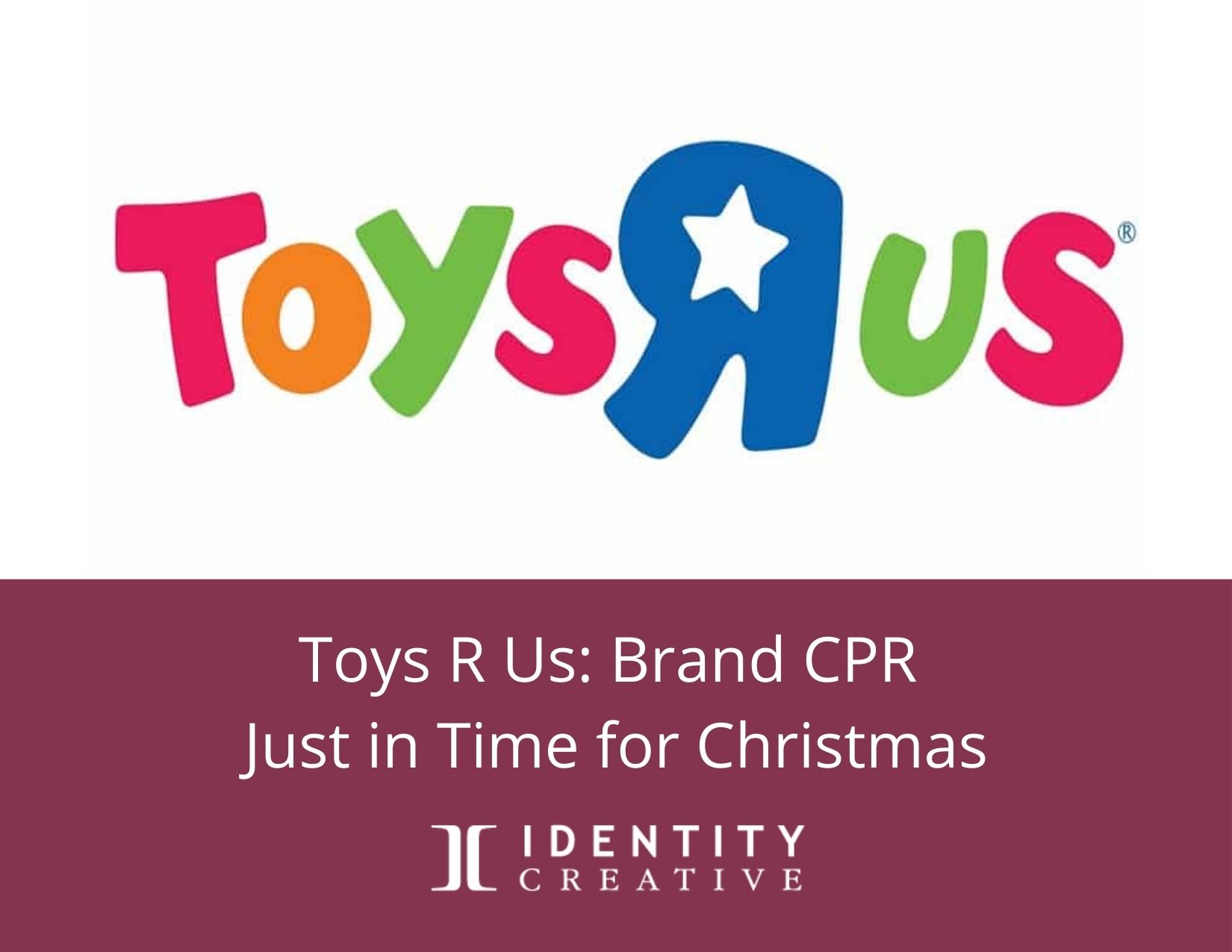
Just in time for Christmas 2021 in New Jersey, Toys R Us is seeking to make a comeback.
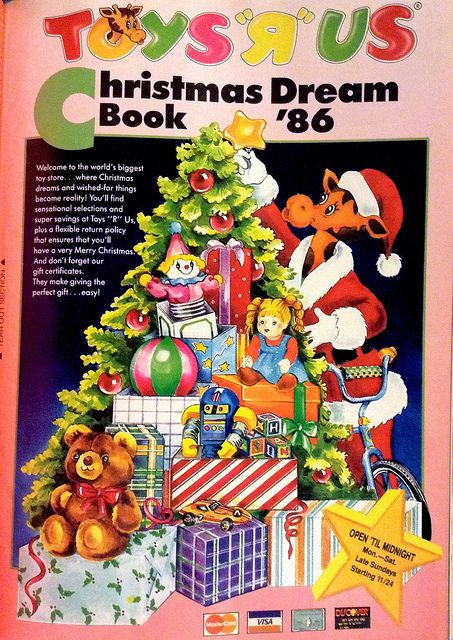
How would you resuscitate the Toys R Us brand?
When I hear news of a major retailer rebranding, my branding wheels start spinning. Will it be a rebranding with substance, or are they simply shining up the same old stuff. The “Toys R Us comeback” news captured my attention because I’ve reimagined the brand in my daydreams for years.
Generations of boomers and millennials can still recall the Toy R Us experience as entering giant storehouses of wall-to-wall and floor-to-ceiling toys. At the time, the sight alone was enough to wow any child. The Christmas catalogs had every toy imaginable, and it was the place where parents could cross off an entire Christmas list in one hour.
Toys R Us: from start to finish, then back again.
Toys R Us came on the marketplace scene at the right time. In 1957, Charles Lazurus added toys to the inventory of his baby furniture store and renamed it Toy R Us at the beginning of the baby boom years. In 1966, he sold the company to Interstate Sales and became manager of the toy division.
Toys R Us skyrocketed to success during the Baby Boom years. Then, in March of 2018, the company filed for Chapter 11 and announced that it would sell or close all 800 US stores.
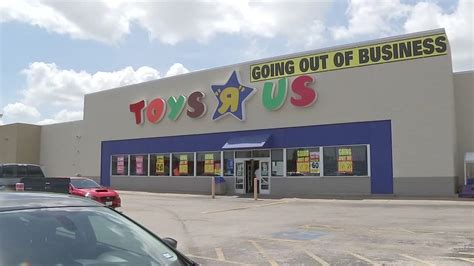
In 2021, Toys R Us seeks to make a comeback in the US market. Partnering with Macy’s, Toys R Us will have a toy store within each Macy’s store.
This December, the grand opening of its New Jersey flagship store is getting attention with a two-story slide, Geoffrey’s Café and ice cream parlor.

Grand Opening of the New Jersey Store
Its great advantage is an established location in the American Dream premier retail center, near Nickelodeon Universe Theme Park and DreamWorks Water Park.
For 70 years, Toys R Us grew and reigned as a leading global toy retailer. Regrettably, the brand suffered from poor leadership, bankruptcy, broken promises to employees, and overall neglect. Hoping to get it right, the company seeks to create an experience to keep people coming back. Let’s see how it works.
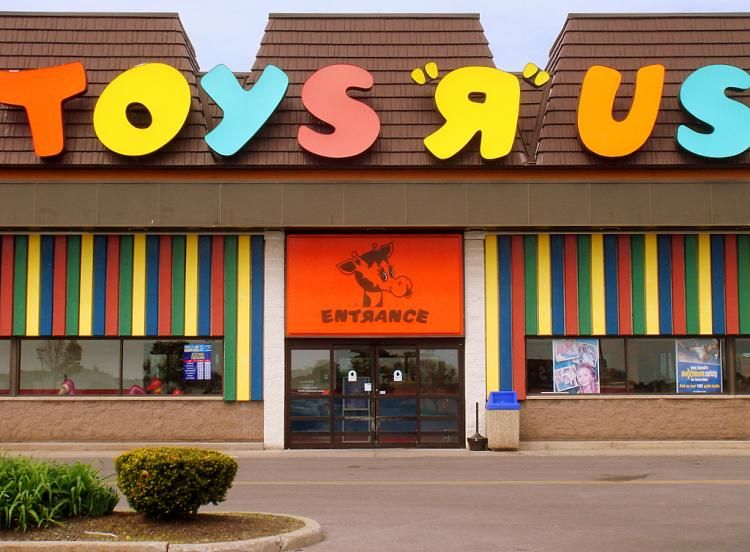
What happened to “the world’s biggest toy store” brand?
It’s likely death by a 1000 missed opportunities, a neglected brand, and self-interested leadership. Massive debt will burden a company, and Toys R Us was over-leveraged.
It also passed through a string of owners, had multiple rebranding efforts (e.g., “Geoffrey’s Toy Box”), and showed careless disregard for a shifting marketplace. For the curious, a more detailed outline of the troubled Toys R Us history can be found here.
Leadership’s greed needs to rank at the top of the failure.
Investors purchased the company for $6 billion, with only $1.4 billion of their own money. Carrying $5 billion in debt ($400 million annually dished out to service the debt), Toys R Us owners reportedly finished with more than $200 million.
How could they outmaneuver the competition in a swiftly changing marketplace with that burden hovering over potential innovation?
The thought of awarding $16 million in bonuses to 17 executives while laid-off employees were owed $75 million (and only $20 million was set aside for them) is unconscionable.
Five days before filing bankruptcy, CEO David Brandon received a $2.8 million retention bonus and asked for court approval of up to another $12 million in incentive bonuses. What kind of people can be so wholly disconnected from the people who stocked their shelves and served their customers?
A healthy brand values people, and it needs to start at the top.
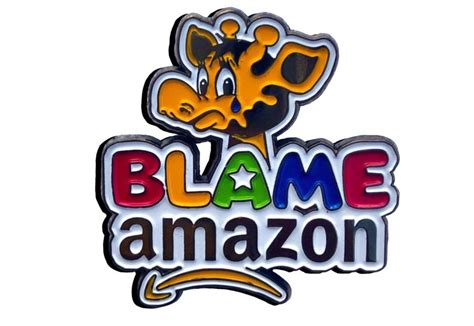
Neglecting the brand and making excuses.
Blaming lagging sales on the online merchant giant, Amazon, is a copout for a global retailer. Toys R Us ignored the changing market landscape, and when they finally joined the online sales world, their site was user-unfriendly, and shipping was slow.
They were not likely going to out-perform Amazon on that score. Still, they had a significant advantage as a recognized brand. They had the opportunity to out-maneuver Amazon with a shopping experience that kept kids wanting more. Small gestures, like Launching customer loyalty programs with Geoffrey’s Birthday Club (a birthday card, a prize at the store, and a discount coupon) was not enough.
Disconnected leadership is always a threat to a brand. They will ride the revenue wave without recognizing that they’ve lost their way until it’s too late.
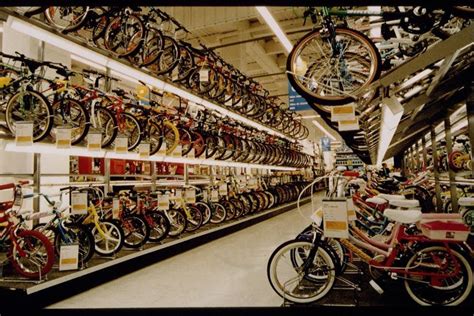
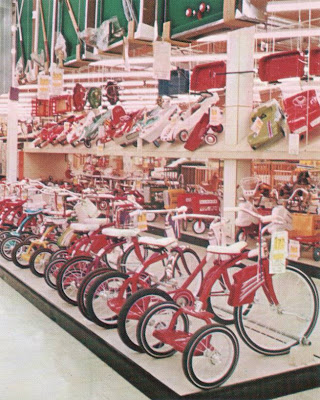
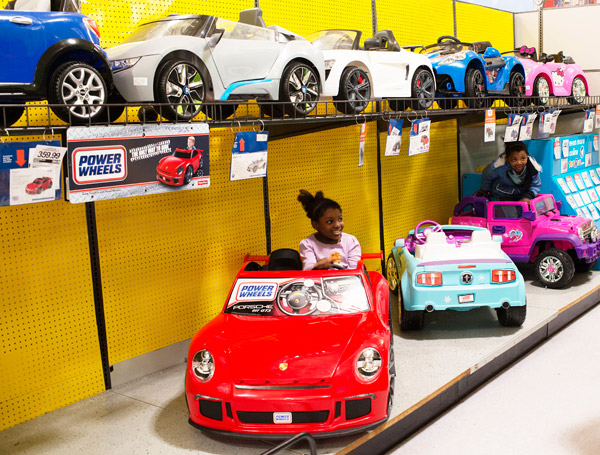
Finding and keeping purpose breathes life into a brand.
Every discipline will draw conclusions as to what caused the massive failure. Let’s take a minute and look at it from the perspective of branding. At the center of every brand is its purpose, the reason for its being.
As business leaders, we can fall into the revenue hamster wheel and lose sight of our purpose. Without that focus, we stop seeking to continually improve how we delight the people who do business with us.
Employees need to feel valued. Leaders will inspire their teams when their company is centered on its purpose. A healthy brand has employees who know that their work is a vital part of that impact and that their work is valued. That is directly connected to customer experience and brand reputation.
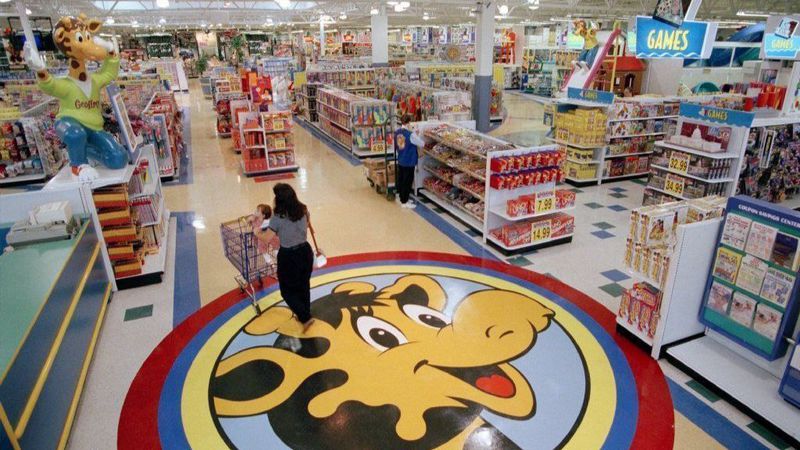
Credit: Pleasant Family Shopping
The Toys R Us brand forgot the most important people: kids.
Toys R Us branded itself as the largest toy retailer and competed on price. Competing on price alone is a swift road to the cliff (unless you’re Walmart).
In 1990, Toys R Us had 25% of the toy market in the US. Then came Walmart and Amazon.
Walmart is determined to lead on price competition, and Amazon, without brick-and-motor overhead, price is an easy differentiator to beat. By 1998, Walmart took the title from Toys R Us as the top US toy seller for the first time.
In 2018, when I first heard that Toys R Us was going out of business, I wasn’t surprised.
While raising our four kids, I increasingly felt reluctant about going into a Toys R Us because I had discovered an alternative. It was more enjoyable to go to local toy shops that had carefully curated quality toys and had spaces for kids to try them. Having employees who were just as excited about the toys, were warm and inviting, was such a welcome change. Brands that live their purpose are vibrant, and it can be felt.
In stark comparison, walking into Toys R Us had all the charm of an outlet for big-name toy brands to push their products. It wasn’t enjoyable—more like try-not-to-lose-your-kids in a maze of plastic.
Even with the impressive Times Square store’s Ferris wheel and life-size Barbie house, it wasn’t enough, and they closed the store in 2015.
With the news of the bankruptcy, I had a daydream: What would I do if I could take on the Toys R Us brand for one year?
A Rebranding Daydream
The best part of a daydream is that imaginary branding has no limited budget, debt burden, or leadership vetoes. Its value is in idea generation. And it’s fun.
First, the customer.
In my daydream, I imagined completely remodeling the store with a child’s eye first. Second, I wanted to find ways of making the experience more manageable—even enjoyable—for parents.
Living Characters.
Each store would have a stage for shows where character toys came to life and a puppet theatre with puppets to try-before-you-buy. There would be a cozy place where authors could hold readings and sell toys of the characters in their stories.
Touch and feel.
There would be interactive displays throughout the store where kids could try out the toys. Mayhem would be avoided with supervision by college students seeking educational internships in child development, education, hospitality, and retail.
Premier Party Place.
Every Toys R Us would be remodeled with party rooms for stress-free, fun-filled events—from birthday bashes to ringing in the New Year.
Parents could log in to the Toy R Us Party Team to schedule the event. Even adults could get in on the fun, booking events with grown-up games and eats.
Birthday parties need gifts, and Toys R Us would have them all. An easy-to-follow online process would help them select decorations, purchase gifts, choose the gift-wrap, plan a menu, opt for special entertainment, pick the games, and award prizes.
Exceptional Training
A well-trained Toys R Us Team would pull off professional events and make visitors to the store feel like welcomed guests. Training from recognized hospitality gurus, like The Customer Service Revolution, would inspire employees and give them the skills to successfully host events that bring delight to customers.
Unique Culture.
The work would be challenging, and it could be fun with team collaboration to build a healthy culture centered on its purpose. If the employees are miserable or don’t trust leadership, it will negatively impact the customers’ experience. It’s a toy store and a place to be a kid again. It’s got to be high-energy and fun.
Think Escape.
Toys R Us could be a place for parents to kick back with an in-house coffee shop and comfy chairs while their kids tried the newest video games or engaged in a nerf arrow competition.
Kids would drag parents to the store to compete in tournaments like Lego-building, Pokeman, or Nerf archery competitions, with great prizes all around. Like the Lego Land and Peppa Pig World of Play business model, Toys R Us could create additional streams of revenue by drawing families to play.
Always On.
Whatever fun is trending, it would be found on the Toy R Us social pages, connecting people with fun. It would be the place to discover the hottest new game or share pics of everything fun.
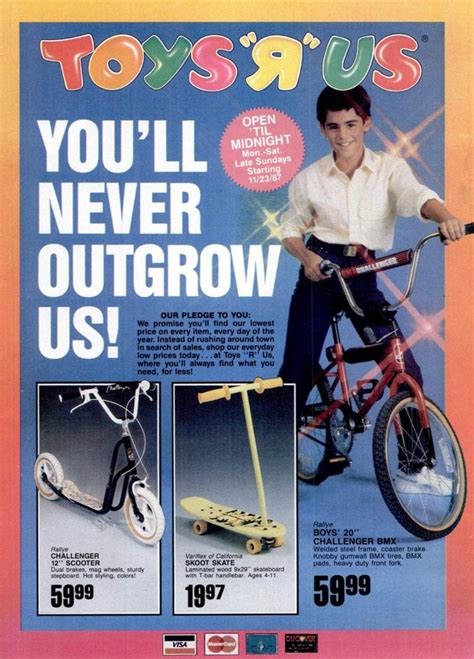
What’s in store for Toys R Us?
A generation of kids sang the Toys R Us theme song, “I don’t want to grow up, I’m a Toys R Us kid!” The brand has another opportunity to connect with a new generation and the kid inside each of us. If they simply offer the marketplace another toy store, I don’t imagine that we’ll be hearing today’s kids singing the same jingle.
How would you resuscitate the Toys R Us brand? Add your thoughts to the conversation in the comments below!
Branding blunders of small businesses may not make the news or carry price tags in the millions of dollars, but why pay the price of a missed opportunity for growth and potential loss of precious brand equity?
Do you think your small business brand equity is too small to worry about? Think again!
Connect with us on social, or contact us to talk about building your remarkable brand.

